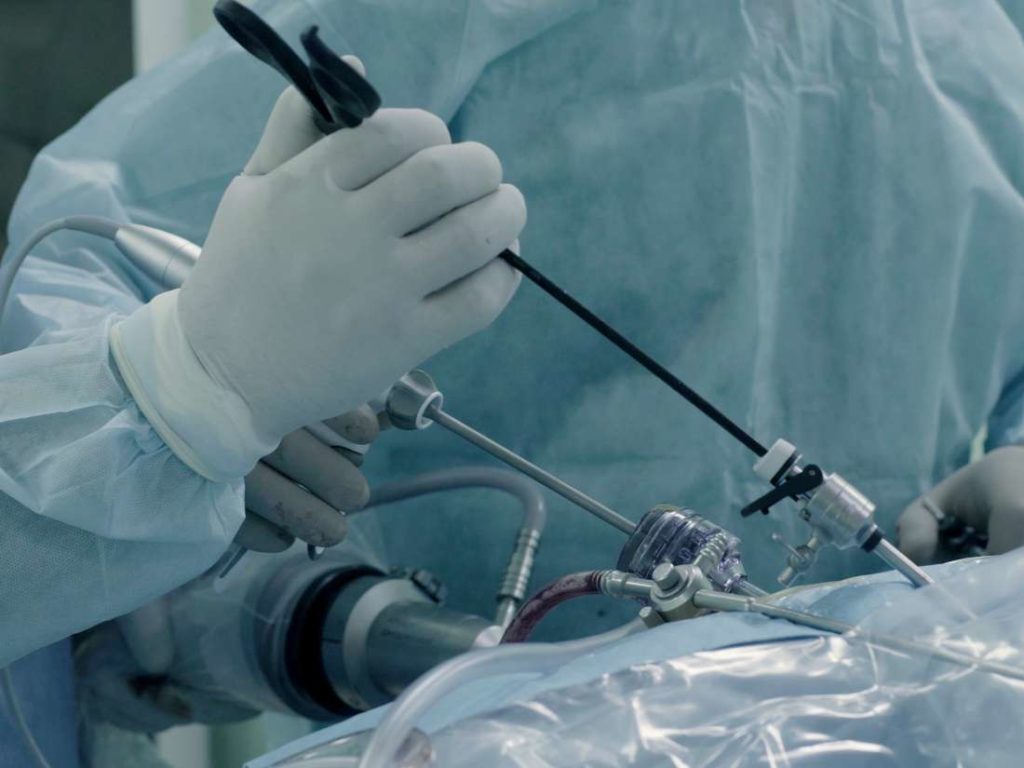What you need to know about a Hysteroscopy Procedure
Contents
- 1 What you need to know about a Hysteroscopy Procedure
- 2 What Does the Procedure Involve?
- 3 How Long Should You Stay at Your Destination?
- 4 How Long is the Recovery Time?
- 5 What Aftercare Should You Consider?
- 6 What is the Success Rate for a Hysteroscopy Procedure?
- 7 Are there Alternatives to a Hysteroscopy Procedure?
- 8 What Should You Expect Before and After the Procedure?
Hysteroscopy is a procedure that allows a doctor to examine the inside of a woman’s cervix and uterus in order to diagnose and treat issues, such as pelvic pain, difficulty getting pregnant and abnormal bleeding. It is performed using a thin and flexible tube with a camera and a light at the end called a hysteroscope, which will send an image to a monitor so your doctor can get an up-close look inside your cervix and uterus.
What Does the Procedure Involve?
Hysteroscopy can be performed under local anesthetic and sedative, but it can also be done under general anesthetic if you prefer to be asleep or you are having a treatment during the procedure. Medication or tools called dilators are used to help open your cervix to allow the hysteroscope to be inserted. Then, a liquid solution or carbon dioxide gas is inserted through the hysteroscope into the uterus to clear away any blood or mucus and expand it, which will give your doctor a clear view of its lining. If surgery needs to be performed, the surgeon may do it during the procedure using tiny surgical instruments that are inserted through the hysteroscope.

How Long Should You Stay at Your Destination?
You may be able to leave the hospital several hours after the procedure. However, it is recommended to stay in the area for around 2 to 3 days, especially if you had a treatment during the procedure or if you received general anesthetic as you will need to allow your body to rest for several days.
How Long is the Recovery Time?
Most women are able to get back to work as well as their normal activities the day after the procedure. But, you may want to rest for a few days if general anesthetic was used or treatment was performed during your hysteroscopy. Note that you need to avoid sex for around 2 weeks after the procedure.
What Aftercare Should You Consider?
You may experience cramping and bleeding, but you can take pain medication and wear pads to deal with this. If the result of your hysteroscopy shows any disease or abnormalities, you may want to schedule a follow-up appointment with your doctor at your destination or with your local doctor at home to discuss a treatment plan.
What is the Success Rate for a Hysteroscopy Procedure?
Hysteroscopy is a highly successful and effective procedure to examine your uterus and cervix. Nonetheless, there is still a small chance that the result is inaccurate, but it is very rare. Also, there are some side effects and complications to be aware of, including infection, tearing or damage to the cervix, damage to nearby organs, pelvic inflammatory disease, problems with gas or fluid from the uterus, and problems with the anesthetic.
Are there Alternatives to a Hysteroscopy Procedure?
The alternatives to hysteroscopy are pelvic ultrasound and endometrial biopsy. These procedures can be performed alongside a hysteroscopy, but they do not provide as much information as hysteroscopy.
What Should You Expect Before and After the Procedure?
Before hysteroscopy, you may have an unknown condition in your uterus or cervix, which may be dangerous and life-threatening. After the procedure, you will find out what is causing the symptoms and you can discuss with your doctor the best treatment plan.
For an in-depth analysis of a Hysteroscopy Procedure, watch this short video.
https://youtu.be/iiUWsA7SD3E
To check prices or to book a Hysteroscopy Procedure in Thailand or anywhere else in the world, head on over to MyMediTravel now!

